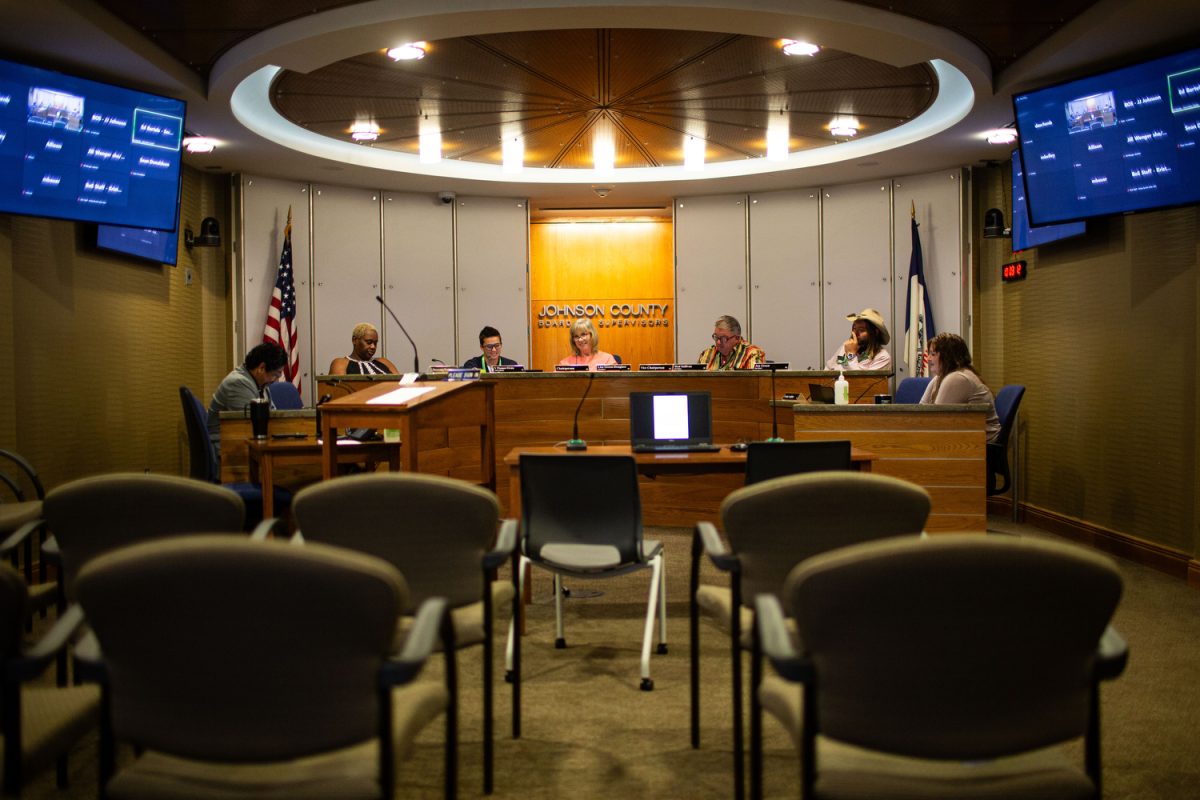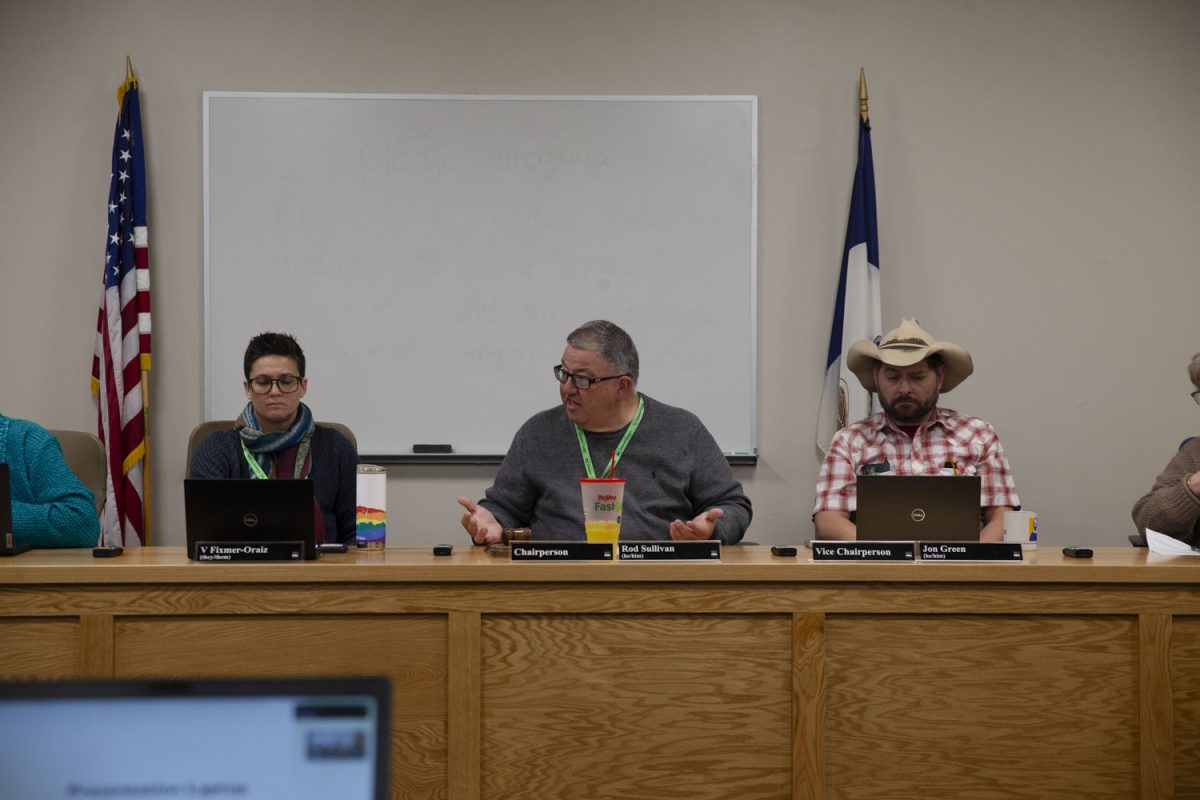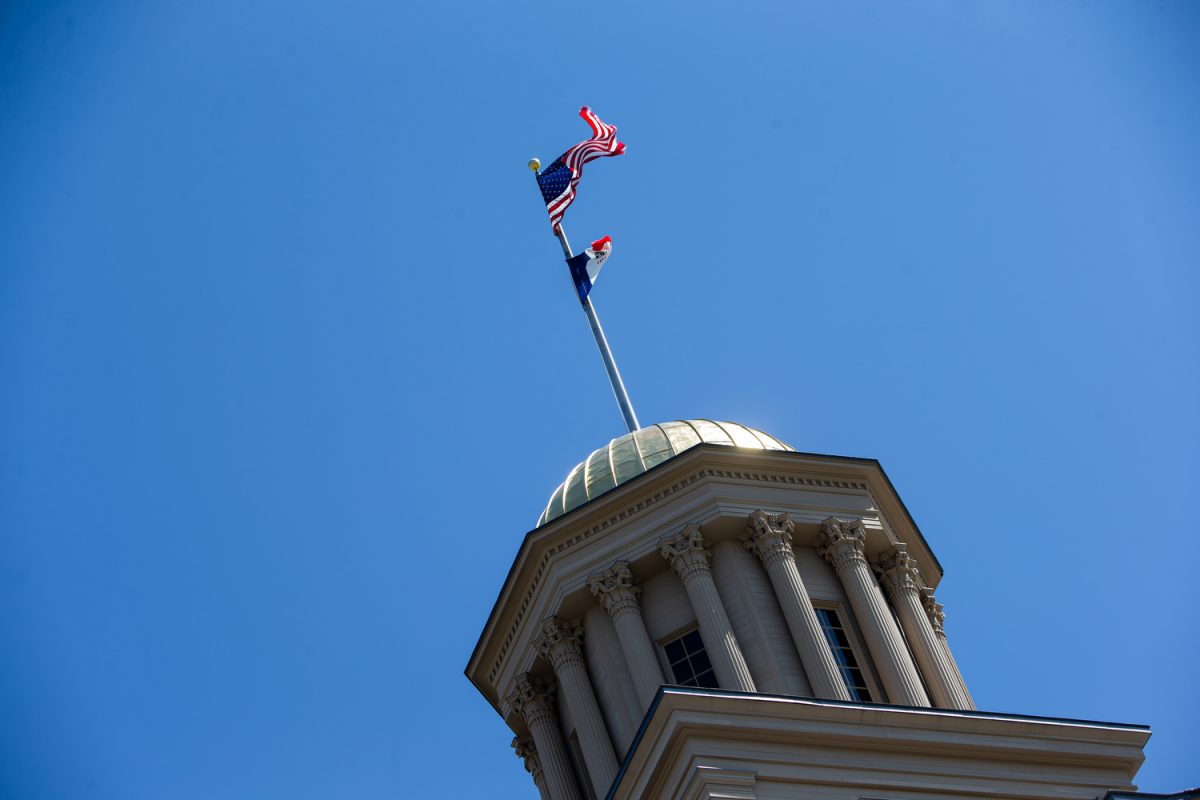The UI has mandated all major buildings and renovations to be Leadership in Energy and Environmental Design certified, but the ranking system has drawn some opposition elsewhere.
The system rates green-sustainable buildings, and it was created by the U.S. Green Building Council, a nonprofit organization in Washington, D.C.
“Many people like what LEED offers,” said James Phelps, an architect with Iowa City-based Rohrbach Associates PC. “Others have different views.”
The rankings are determined by verifying that certain features have been included in construction or renovation projects. The checklist looks at a variety of elements, including construction and design, water efficiency, and a sustainable building site, said Matt Krieger, an architect and LEED-accredited professional at Neumann Monson Architects in Iowa City.
At the UI, officials are requiring all major construction projects to meet “LEED Silver” requirements. Based on the number of criteria met, buildings can acquire one of four labels: certified, silver, gold, or platinum, which the highest.
UI officials said they were already building environmentally friendly structures before using LEED. They also studied the ranking system extensively before deciding to use it, said Rod Lehnertz, director of planning, design, and construction for UI Facilities Management.
The university’s unveiling of the Beckwith Boathouse last week marked the first UI structure built to be certified under the ranking.
Seven additional UI construction projects are slated to meet the certification requirements.
Lehnertz said the university plans to check and evaluate the buildings even after they are built.
“We’ll know that they’re running efficiently after they’re completed,” he said.
While the system promises greener and more efficient buildings, opponents argue it focuses more on flash and marketing than lowering energy levels.
Scott McDonough, the owner of the local McDonough Structures Inc., said he thinks those choosing LEED are paying for a label, not quality work.
Making buildings energy efficient without certification is possible, said Henry Gifford, a mechanical systems designer from New York.
Gifford has gained recognition for opposing the New Buildings Institute study in 2007 that showed certified buildings to be more efficient than conventional buildings.
“Nothing in the study supports the results,” Gifford said, and he thinks a difference in age and measurement between the two types of buildings led to inaccurate results.
Phelps, a LEED-accredited architect, said he believes the ranking has some good qualities, such as raising awareness about green buildings.
But in the end, he said he thinks the ranking system is nothing more than a measurement tool.
“You don’t need to be LEED-certified to have a sustainable building,” Phelps said.






